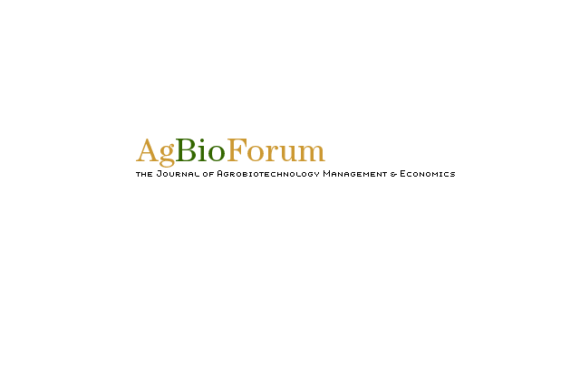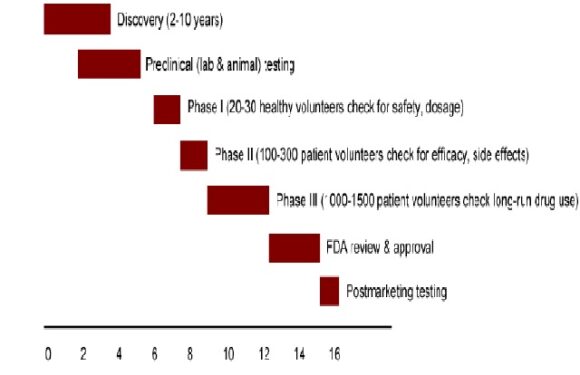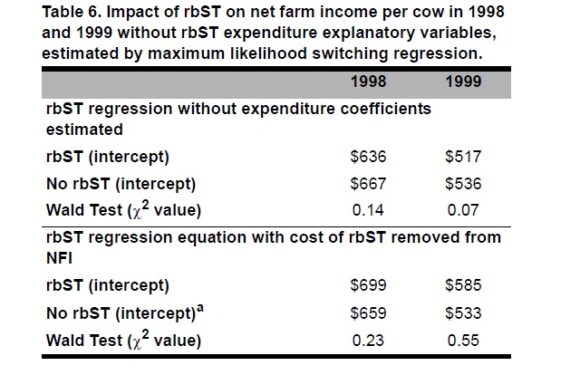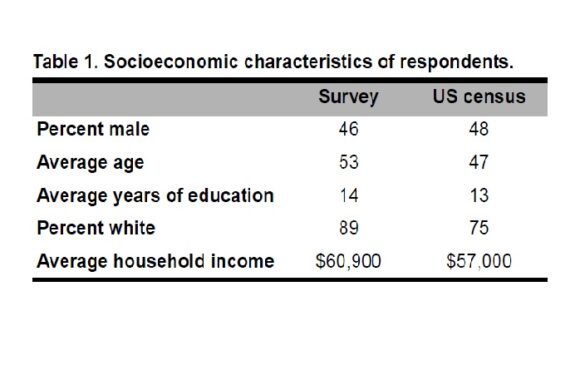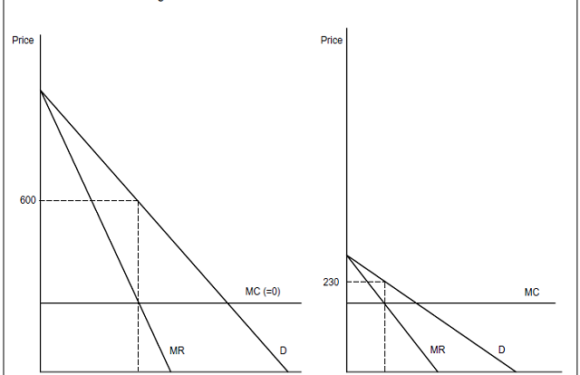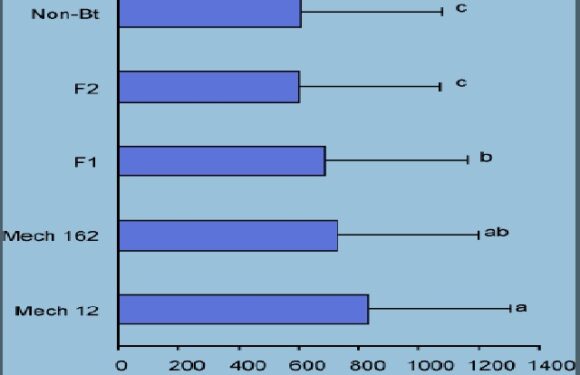
Comparing the Performance of Official and Unofficial Genetically Modified Cotton in India
January 1, 2005Stephen Morse, Richard Bennett, and Yousouf IsmaelThe University of Reading, UK. Genetically modified (GM) cotton was approved for commercial cultivation in 2002. Hybrids to date have carried the Bt (Bacillus thuringiensis) gene, which confers resistance to Lepidoptera and certain Coleoptera. As well…



